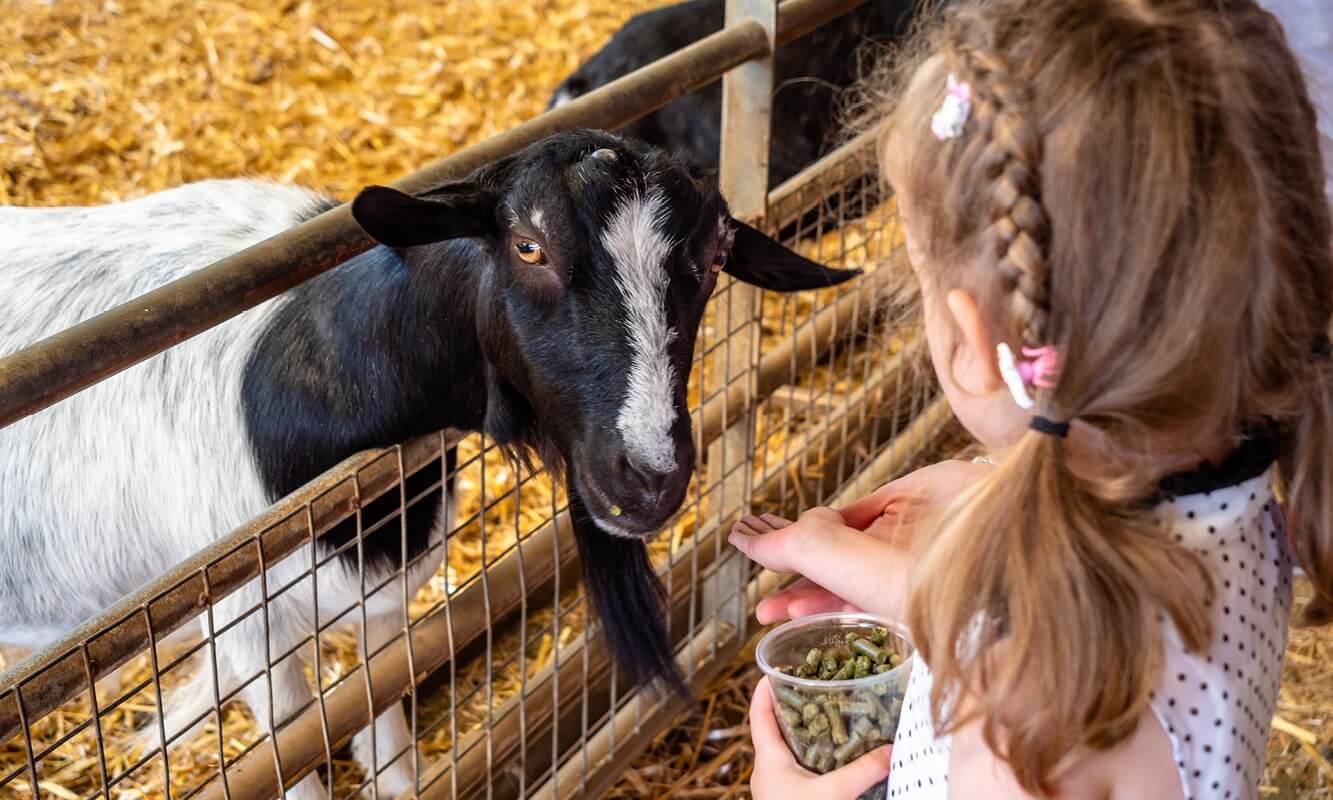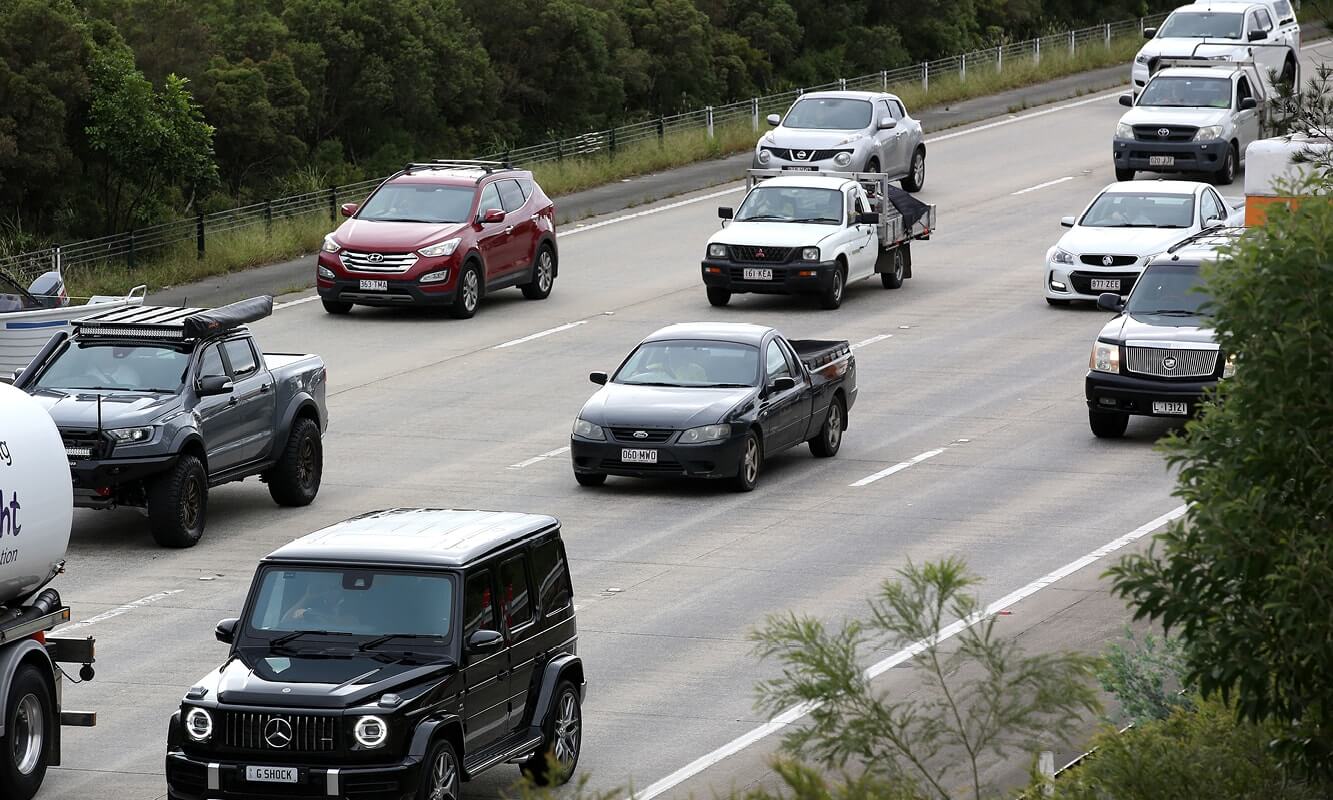We love getting out to our local agritourism ventures – we are spoilt for choice with so many amazing enterprises in South East Queensland.
But like any venture, entry into agritourism isn’t something to be taken lightly. If your agribusiness client is looking to expand their offerings, help them take the time to work through the risks (including legal, operational and reputational) and how they’ll manage them.
In this article, we’ll explore four key risk areas to work through with your client to help identify and manage those risks and protect your client’s business.
1. Approvals
Approvals can take time, so this is often a good place to start. Does your client have all the approvals they will need for their new venture? Some of these may include:
- Shareholder or board approval
- Licences to serve food or drink
- Planning and building approvals (e.g. for new accommodation)
- Licences for camping (tents or caravans)
2. Biosecurity
Your client will be the the expert here, but they might want to revisit the Australian Government’s Biosecurity page to make sure they’ve got it all covered.
Among other things, your client will need to educate their visitors about what they should and shouldn’t do, where they can and can’t go and why it matters.
3. Safety
If your client doesn’t have a safety management system, now is the time to introduce one. If they do, introducing visitors to the farm is a big change so it is time to revisit it.
Identify what could be hazardous to your client’s visitors. Some things will be more obvious (livestock, chemicals, moving plant and equipment) than others (uneven ground might trip up those city slickers).
Assess the risk (severity, effectiveness of control measures, action you should take and how urgently). Consider in particular those new activities for the tourists, but also your client’s existing activities given there will be more people about.
When controlling risks, consider what your client can do. Controls higher up the list are better.
- Is one of the proposed activities simply too dangerous and should be eliminated? Like riding wild brumbies
- Could your client substitute it? With riding pet ponies perhaps
- Or isolate the hazard? Lock the kickers and biters well away from the public
- Perhaps introduce engineering controls like sealing off the moving parts of machinery so wandering hands can’t find their way in
- Administrative controls like warning signs might be there when you aren’t
- And finally, if your client is running tours or conducting activities, consider personal protective equipment (hard hats, iridescent vests and so on).
Also consider other ways to mitigate the risks to your client like waivers and insurance.
4. Dealing with consumers
If your client is new to dealing with end-consumers, there are a number of issues to be considered. Here are a few examples:
Marketing
Does your client have a process in place to ensure their ads, social media and statements on their website are not misleading and deceptive?
If your client is running an email marketing campaign, are they across the spam laws which include the need for an opt out?
Privacy
Is your client collecting personal information such as names and contact details?
If so, how are they storing and using that information?
Does your client have a privacy policy (may be a requirement) and associated processes in place?
Complaints
While we all aim high, sometimes you can’t satisfy everyone. If your client does receive a complaint, are they ready to respond calmly, clearly and in compliance with the consumer guarantees?
Agritourism is a great opportunity for many agribusinesses to add an additional revenue stream to their portfolio. Helping your client identify and manage the risks will go a long way towards ensuring their sustainability.














Share this article